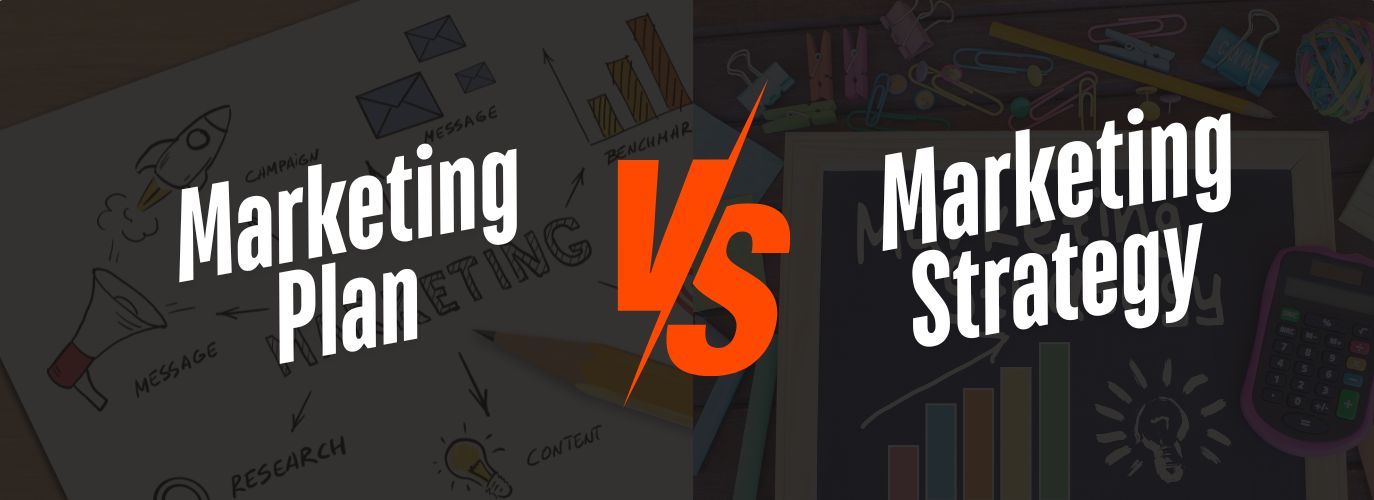
Let’s clear this up: a marketing strategy is the big picture, while a marketing plan is the playbook that brings it to life. If you’ve ever felt stuck trying to grow your business, chances are you’re confusing the two.
Here’s the breakdown you need.
A marketing strategy is your why and what. It’s the foundation of your business’s growth. It answers questions like:
Who are you serving? (Your ideal customer)
Why should they care? (Your value proposition)
What makes you different? (Your competitive edge)
Think of it as the compass that guides your efforts.
For example, if your goal is to be the go-to brand for eco-friendly fashion, your strategy might focus on sustainability and partnerships with influencers who share that value.
For more insights into effective marketing strategies, check out our services for tailored solutions.
The marketing plan is the how and when. It’s your roadmap—the practical steps to hit those strategic goals. It’s all about execution:
Campaigns: Social media ads, email marketing, content creation.
Budget: Where’s the money going?
Timeline: When do you launch and track results?
Tools: Platforms like Google Ads or Meta Ads Manager.
For example, if your strategy is to promote eco-friendly apparel, your plan might look like this: Run a 3-month Facebook or Instagram campaign with a ₱500,000 budget, aiming for 20,000 website visits and 500 sales.
Apple is a masterclass in combining strategy and planning. Their strategy focuses on creating a seamless ecosystem of products that prioritize user experience.
The plan? Product launches that feel like global events, targeted ads showcasing sleek designs, and retail stores designed for immersive experiences.
This mix of long-term vision and actionable steps has made them one of the most valuable brands in the world.
Want to see how this level of alignment can work for your business? Learn more about building your strategy and plan with Gopal MediaPro.
Think of it like this:
A strategy without a plan is just a dream.
A plan without a strategy is a waste of time.
Together, they align your team, sharpen your focus, and make sure your efforts actually drive results.
Start by getting crystal clear on your strategy. Who are you helping?
How are you helping them?
Then, build a plan to execute.
Track, tweak, and repeat.
Nail this combo, and you’ll crush your business goals.